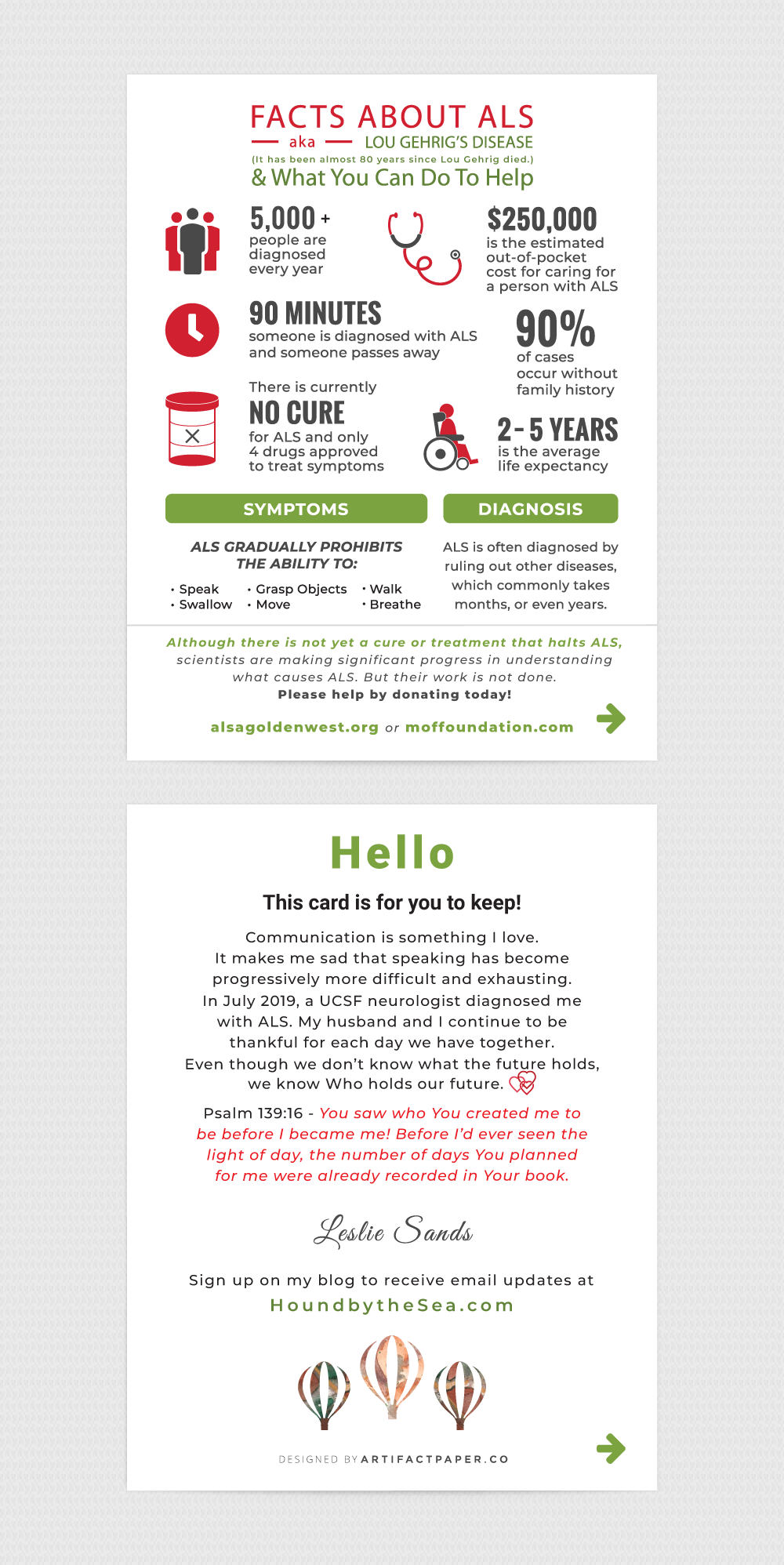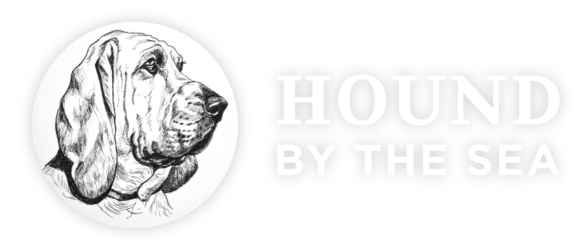From KidsHealth.org
Has anyone ever told you that the tongue is a muscle? Well, that’s only partly true: The tongue is really made up of many groups of muscles. These muscles run in different directions to carry out all the tongue’s jobs.
The front part of the tongue is very flexible and can move around a lot, working with the teeth to create different types of words. This part also helps you eat by helping to move food around your mouth while you chew. Your tongue pushes the food to your back teeth so the teeth can grind it up.
The muscles in the back of your tongue help you make certain sounds, like the letters “k” and hard “g” (like in the word “go”). Try saying these letters slowly, and you’ll feel how the back of your tongue moves against the top of your mouth to create the sounds.
The back of your tongue is important for eating as well. Once the food is all ground up and mixed with saliva the back muscles start to work. They move and push a small bit of food along with saliva into your esophagus, which is a food pipe that leads from your throat to your stomach.
Ten days ago, I handed one of my “Hello” ALS cards* to a friend who had not seen nor spoken with me in at least two years. The look in his eyes “spoke” disbelief. The woman—me—didn’t look like a person diagnosed with ALS. People who are even marginally familiar with the disease, expect to see obvious signs—a wheelchair-bound patient who can no longer walk nor use his or her arms and hands. That’s limb-onset ALS. My condition is bulbar ALS. Almost like two different diseases. Even though I still walk without a limp and have the use of my arms, hands, and fingers, I tire very quickly.
*Special cards developed, at my request, by our daughters—designed and printed by our youngest daughter, Laura. The two-sided 4¼”x5½” cards fit in my satchel and are a convenient, informative tool to help prevent me from trying to talk too much.
You mustn’t be deceived by “appearances.” Hidden from view to the casual observer . . . the inside of my mouth that looks and feels like a train wreck in a war zone! Here’s what finally drove me to visit my ear, nose, and throat (ENT) specialist in September 2017:
- the sensation of an enlarged tongue;
- uncharacteristic chronic dry mouth—especially at night; and
- subtle slurring of certain consonants.
Degenerative progression of the disease is now wreaking havoc with my ability to chew and swallow—especially thin liquids including water. I can no longer drink from a bottle nor sip using a straw—only careful drinking from a glass. The glass must be full—tilting my head back to swallow results in choking. Before anything goes into my mouth, it must be carefully scrutinized. Feeling in my tongue is waning. My lips have lost elasticity and strength, so they no longer retain liquids inside my mouth—including saliva. When taking a sip of coffee or any liquid, it’s necessary to cover my mouth with a napkin to avert spurting or seepage. Who would have ever thought it would or could come to this?!
Adapted from PubMed.gov
Patients with bulbar amyotrophic lateral sclerosis (ALS) comprise an unusual group because of the progressive and multi-system nature of their illness. The neuromuscular disabilities associated with bulbar ALS cause a myriad of related symptoms associated with swallowing, speech, and respiration. Although the rate of progression cannot be predicted, a general pattern of progression is noted. Bulbar disease accounts for the majority of the worst symptoms of ALS. The loss of the ability to swallow changes eating from a pleasurable task to a burden of survival. Loss of communication effectively imprisons the patient in a state of isolation. The progressive weakness of respiration, predominantly a spinal rather than bulbar manifestation, is the cause of death for nearly all ALS patients.
ALS is not well understood by most people, including many doctors. My intent is to remove some of the cloak of mystery and educate people who check my blog—providing a glimpse of where Jon and I are at in trying to manage my symptoms. We are very grateful that my feeding tube allows for intake of vital calories, but there is nothing gratifying about the formula nor the method of delivery.
What I share in this blog is merely the tip of the iceberg. If you’d like to learn more about bulbar ALS, a quick internet search will yield a wealth of data. In subsequent posts, I’ll try to provide more information on current research digging for answers to arrest and/or reverse ALS.
In reality, the chief underlying issue is
DISCOVERING THE CAUSE
of this dreadful disease.
Folks . . . it’s way past time!
NOTE ~ Julie Scurich, the Central Coast ALS Patient Care Manager of the ALS Association Golden West Chapter placed an order for a nifty combination walker with a seat—the walker conveniently converts to a wheelchair that Jon can push. This is graciously being provided without cost to us by the Martha Olson Fernandez Foundation. It is such a popular piece of equipment that it is currently on backorder—we anticipate delivery by the beginning of March. Our hope is that it will help us resume taking walks while allowing me respite when I grow weary.

~ This is the two-sided “Hello” ALS card I share with people ~



Missed you yesterday and the support group. Were you not feeling well enough to attend? I wonder sometimes if people don’t come because they don’t want others to see the downward progression. Bob wasn’t there either.
Ned seems to be getting weaker. His speaking is becoming more strained and tiring…but he wants to talk. We had a good discussion at the support group about breathing machines and about recording devices for when speaking isn’t there anymore. I hope Ned steps up now and will begin recording his voice with the message banking. It’s going to be too late if he waits much longer.
Missed you and Ned yesterday, too❣️
Dear Leslie and Jon, Yes, it is very important that you provide a glimpse, nay more, of the symptoms and journey, as we try to enter into the full picture, with only minimal success. It is necessary that we leap into the more detailed description, with an attempt to share the suffering and achieve the sense of courage and trust. If we all could maintain an active awareness, we might spread more light, and help carry your cross in your knowing our level of compassion. May our prayerful thoughts expand. Much love, Genevieve and Adolf
I was truly eating a piece of toast with peanut butter as I read the beginnings of you writing about how important our tongue is to us. My tongue was literally going through the motions you described, and I was able to sip a cup of coffee to help it go the rest of the way. It’s not easy reading the “easy” stuff you write that only gives us a glimpse of what’s happening to your body. So, I will never have a bite of peanut butter toast without thinking how magnificent our tongues are and mostly about you. Isn’t God the most wondrous of All that He created everything about us to work in harmony with another part. I pray we find a cure because this has taken several of my friends. But none of them described it like you have. I love you.
Linda ~ Your words brought tears to my eyes. Thank you for your love, encouragement, and gift of friendship that spans so many years. I love you, too!
Your invitation to “walk in your shoes” continues to take me to a place I’ve not ever been. Yes, to be educated on bulbar ALS has been extremely valuable – to understand, as best I can, the intricacies of your challenges, has deepened my understanding of you! God has given you such gifts to share all you’re going through with others, and to know you are holding His mighty hand, purposes your efforts even more.
When the Lord “knitted” you together, He was aware of each and every stitch; each cell, muscle and movement… and He still is. I marvel at the love He has for each of us, and pray His hand upon you to comfort and guide you through the hurdles ahead.
Dearest Katie ~ My purpose is to make sure everyone reading my blog posts understands that the “shoes I’m wearing” truly exist and they know what they look like. Otherwise, it’s just a vague awareness of something that may, or may not be real. With ALS there’s no selection of shoes. Even if you don’t like ’em, you wear ’em.
I’m amazed at your attitude throughout this ALS journey. Keep educating us about the stark reality of this disease as well as how you’re doing in the midst of it. You probably hate people telling you, “You are so brave,” because I certainly didn’t feel that way through cancer. But you are.
Thank you, Bonnie, for your confidence booster. Always welcome. Always needed. Always appreciated! ❤️